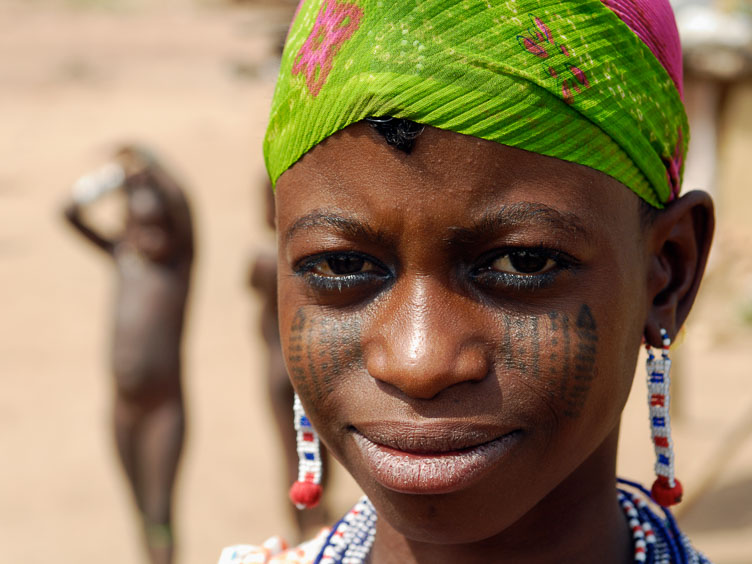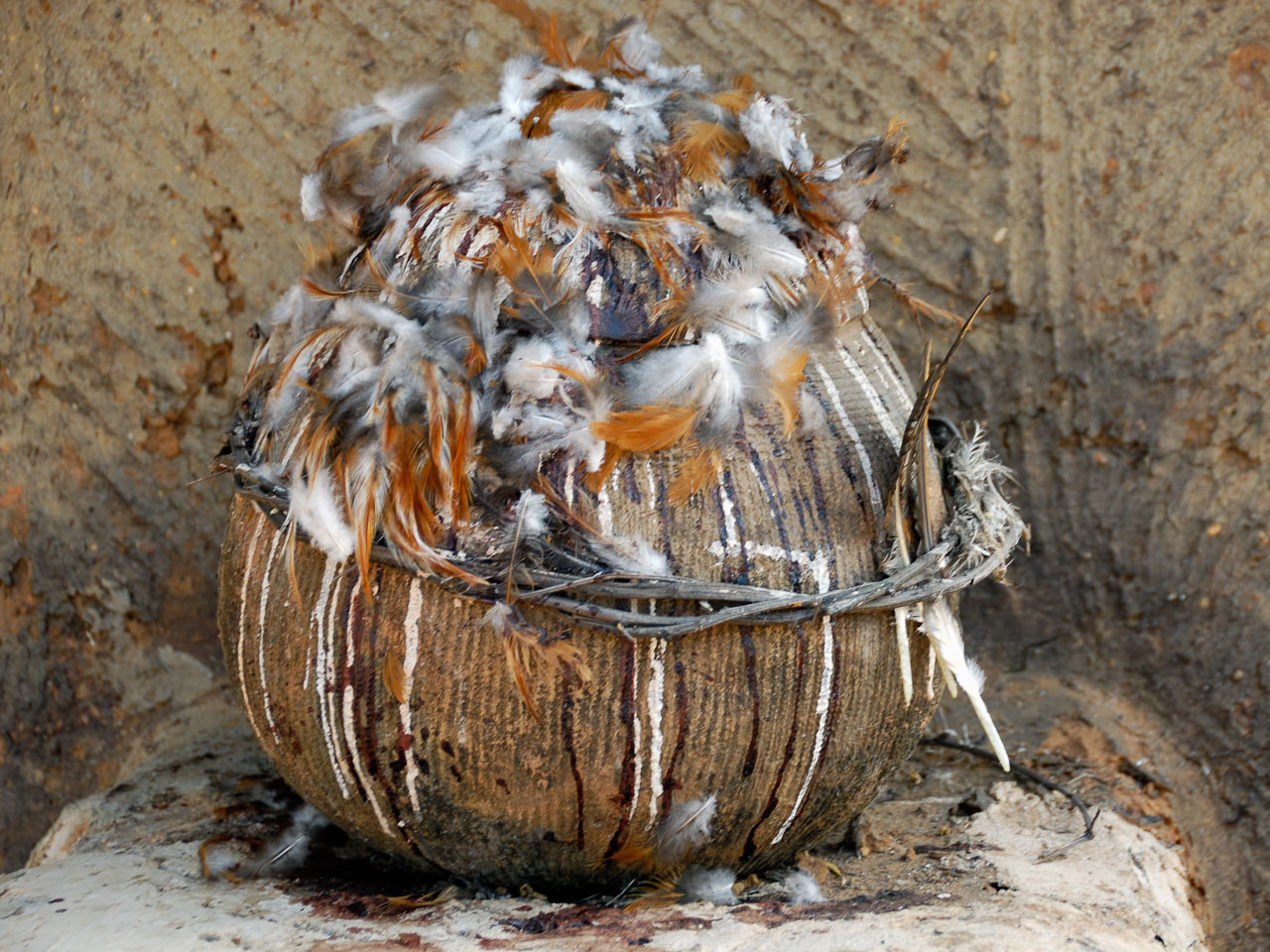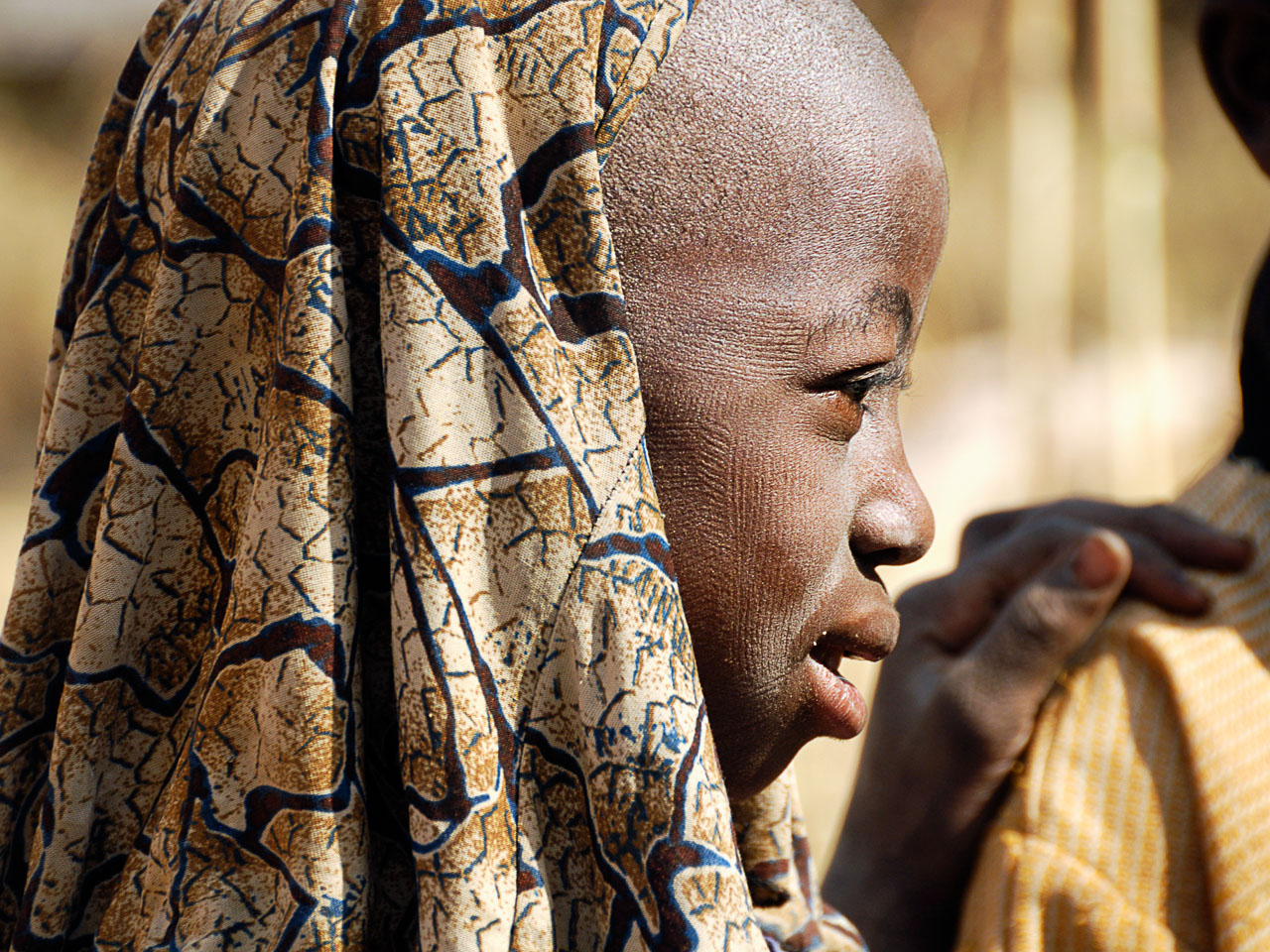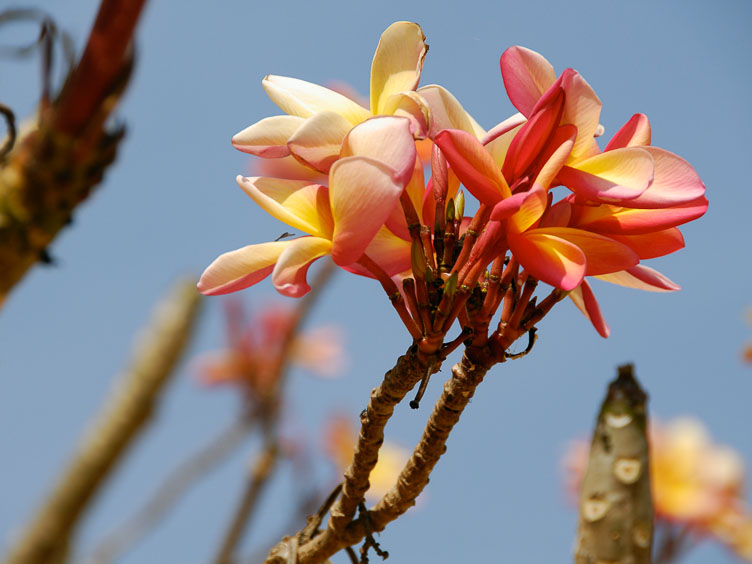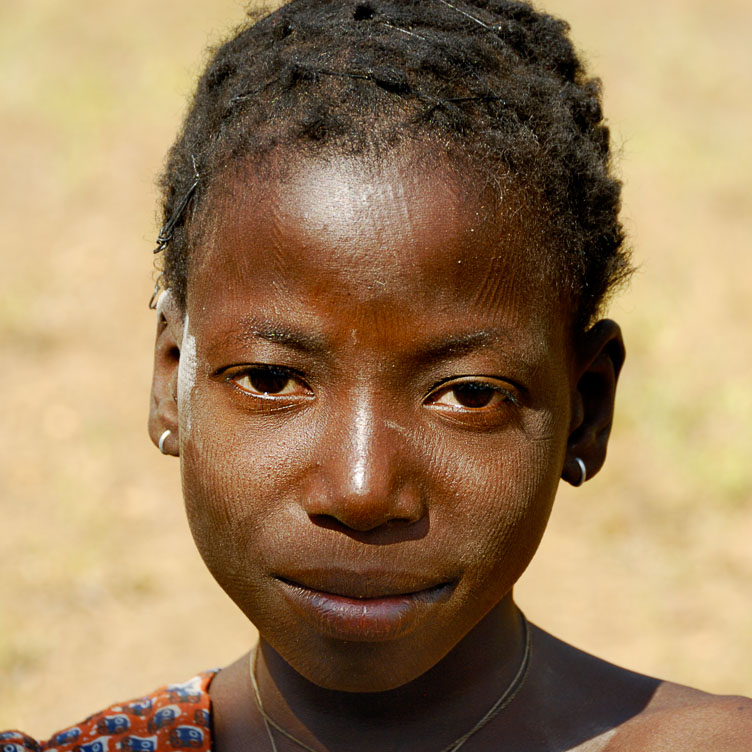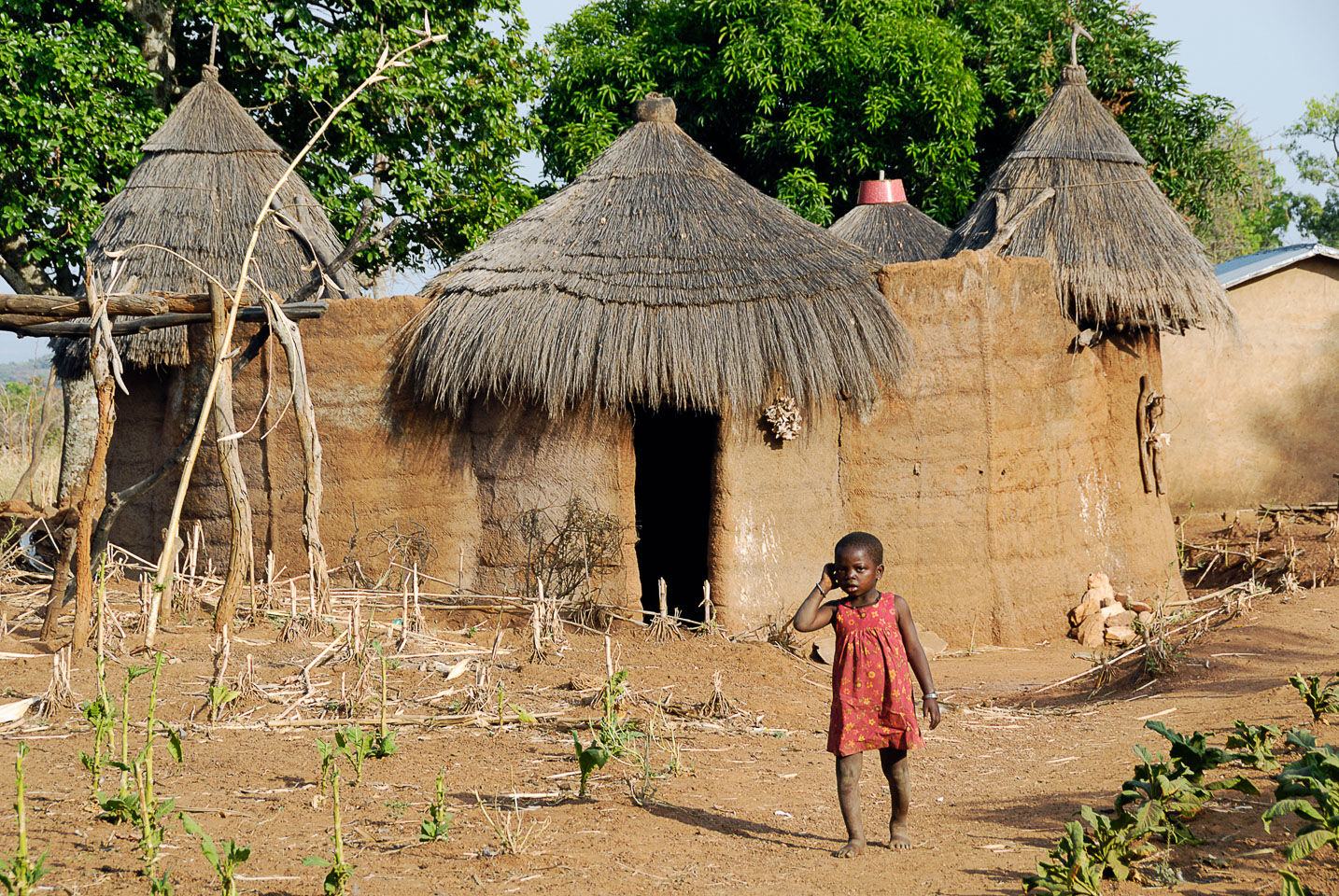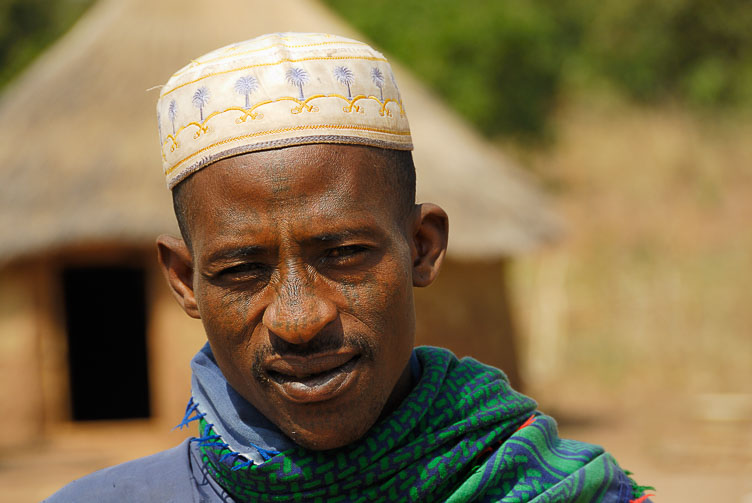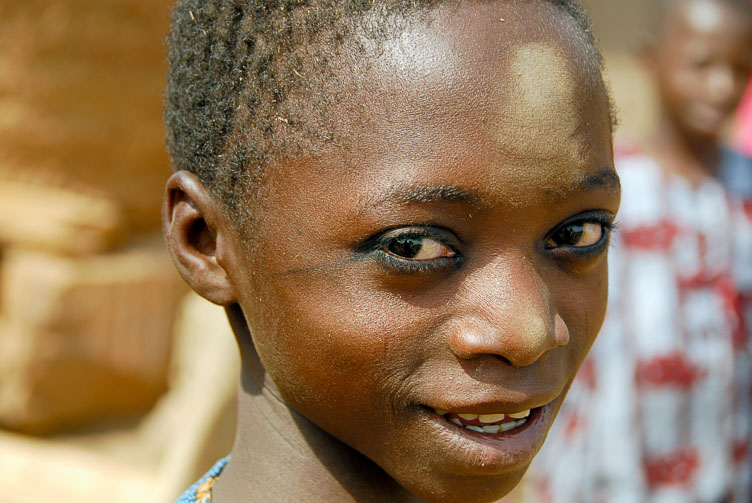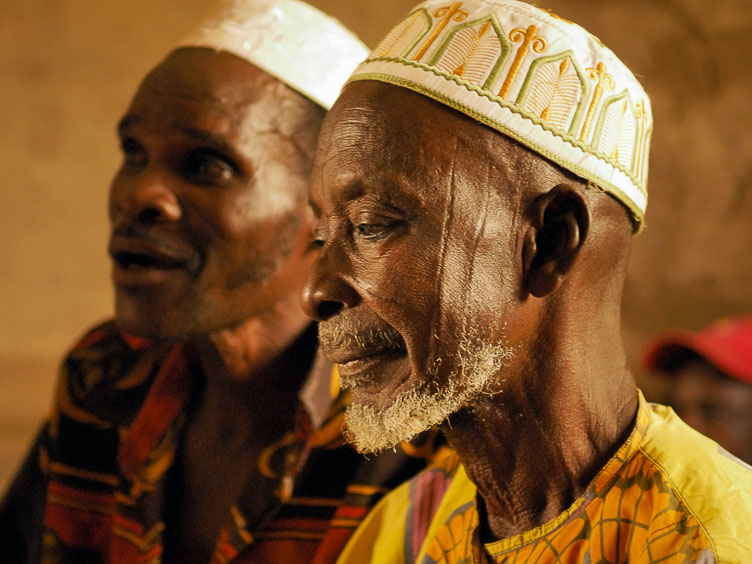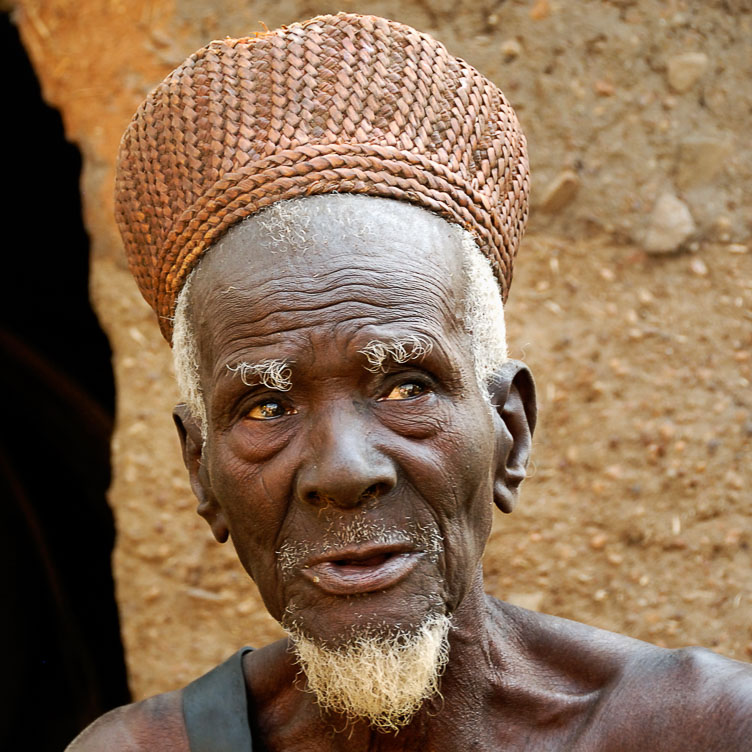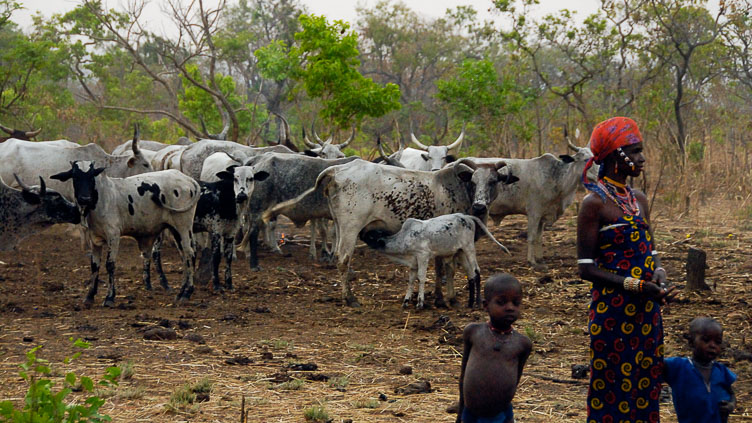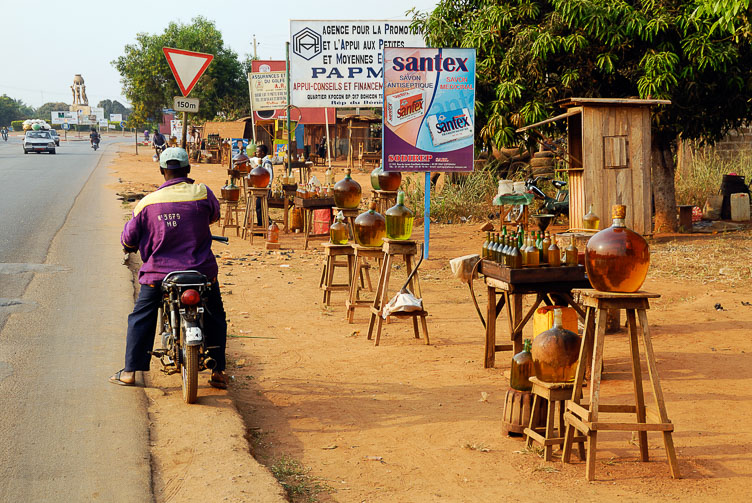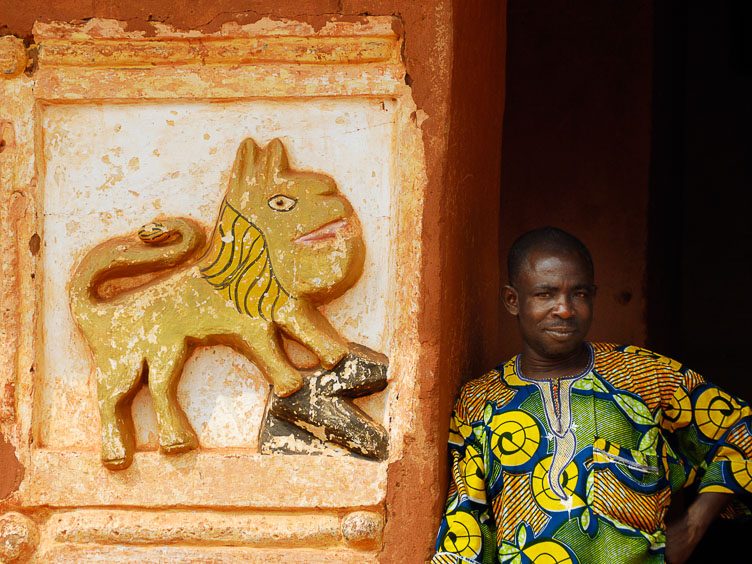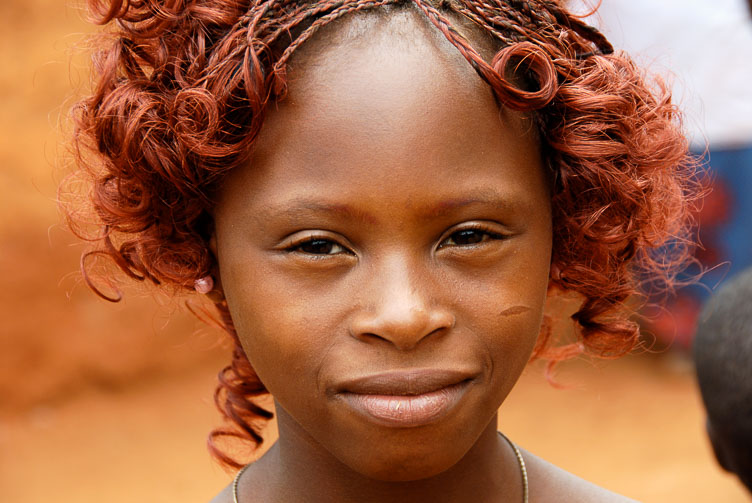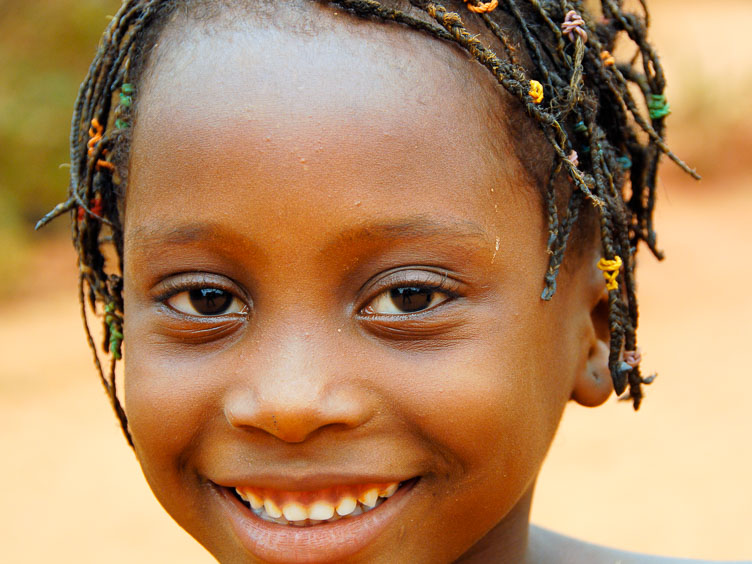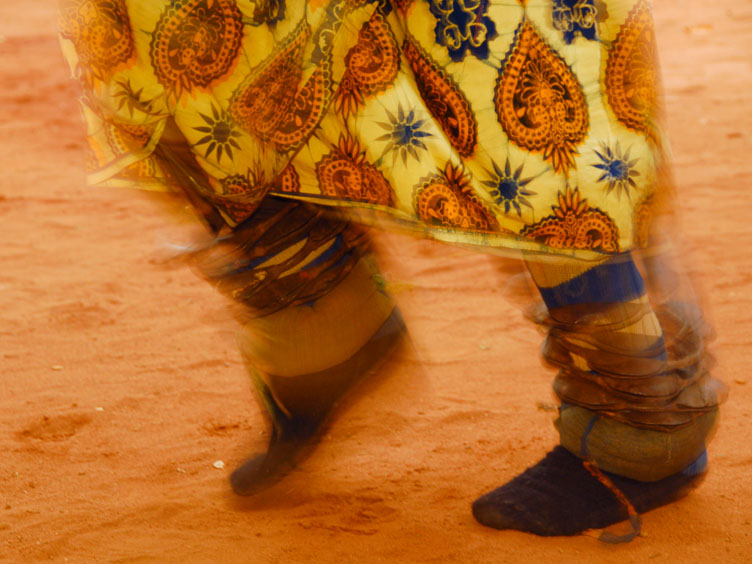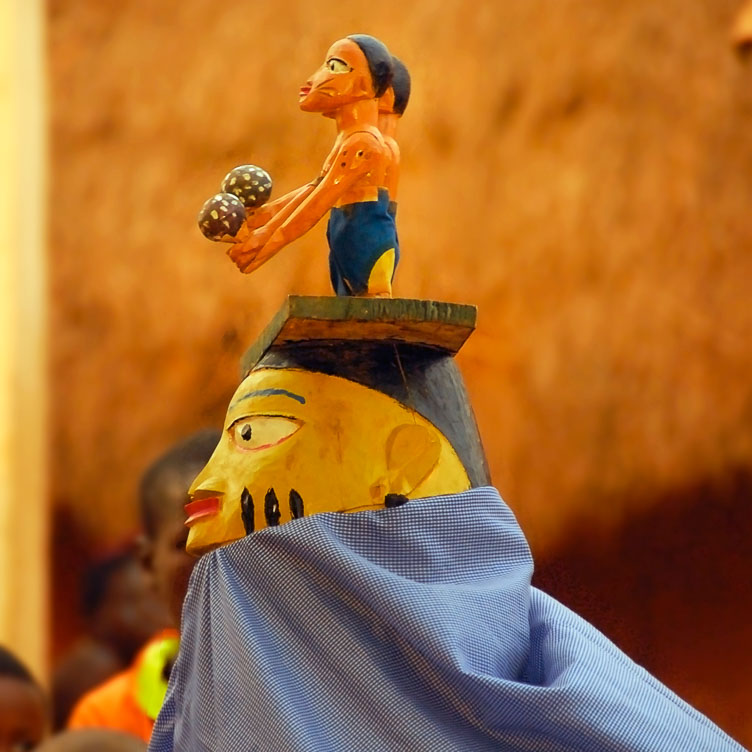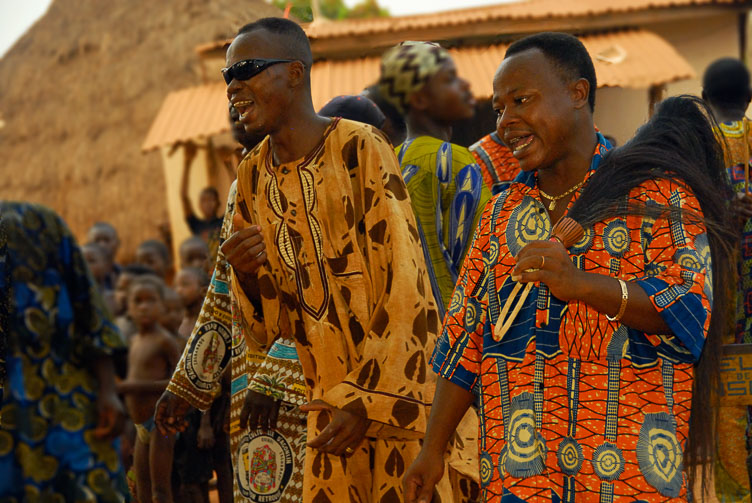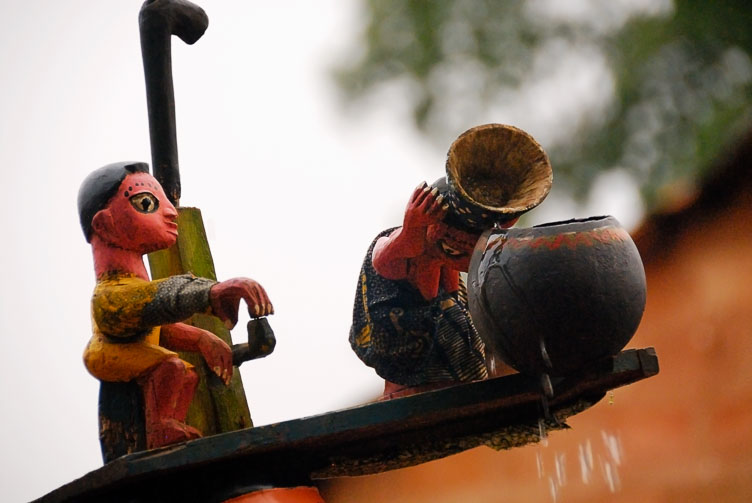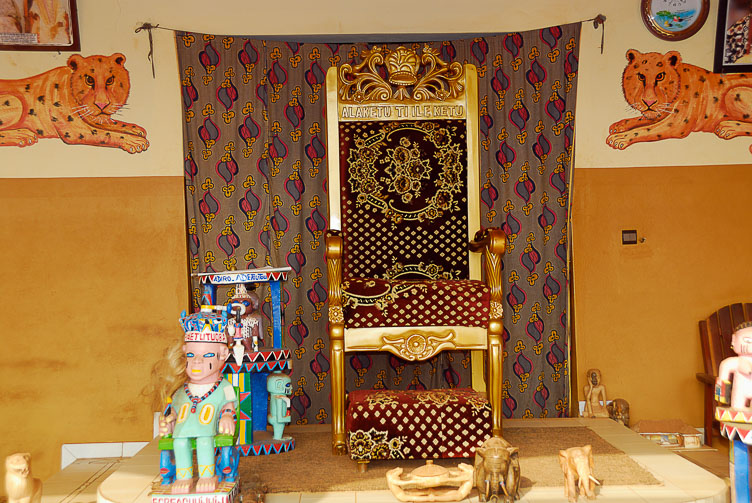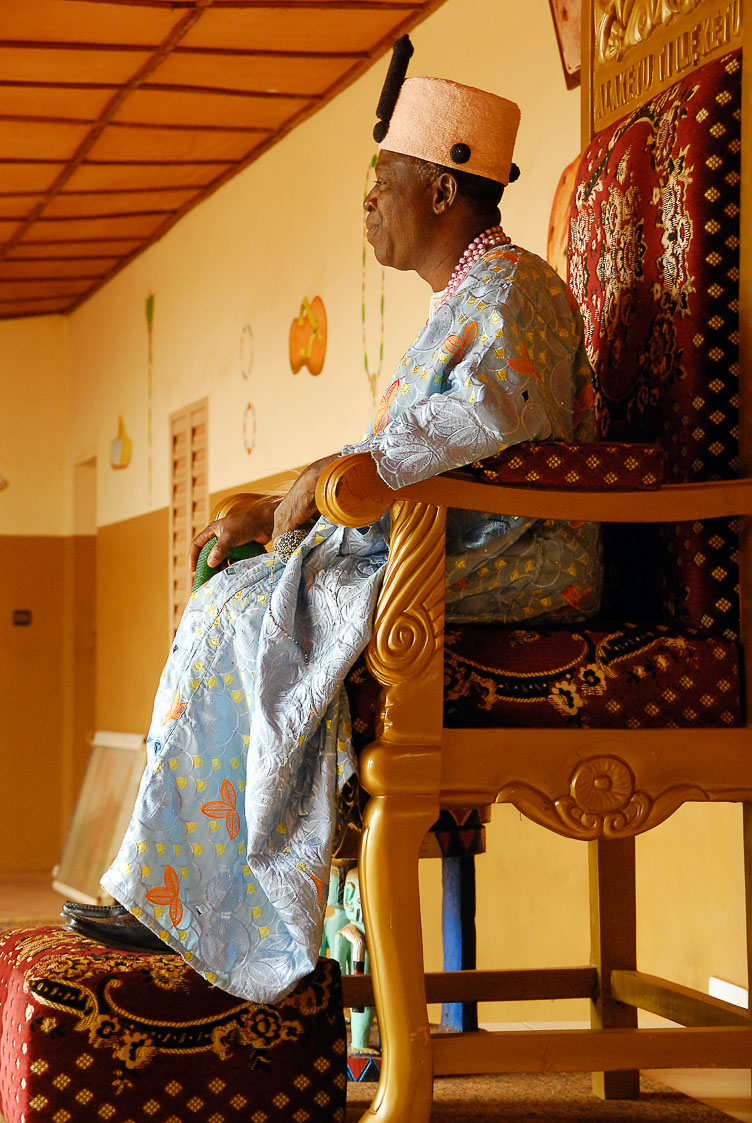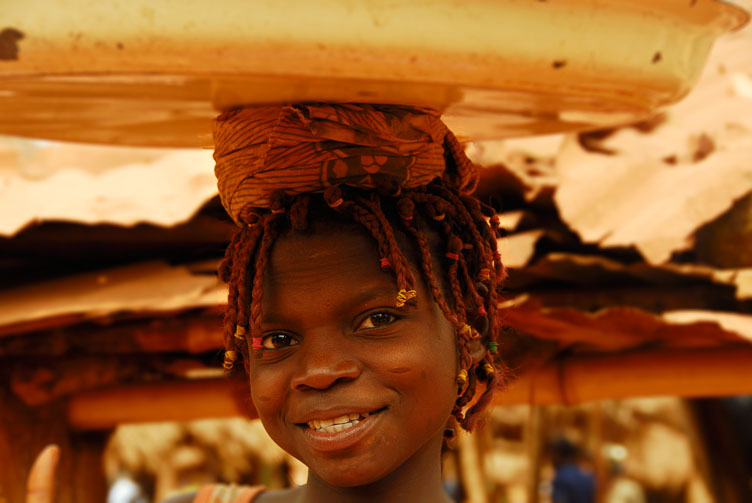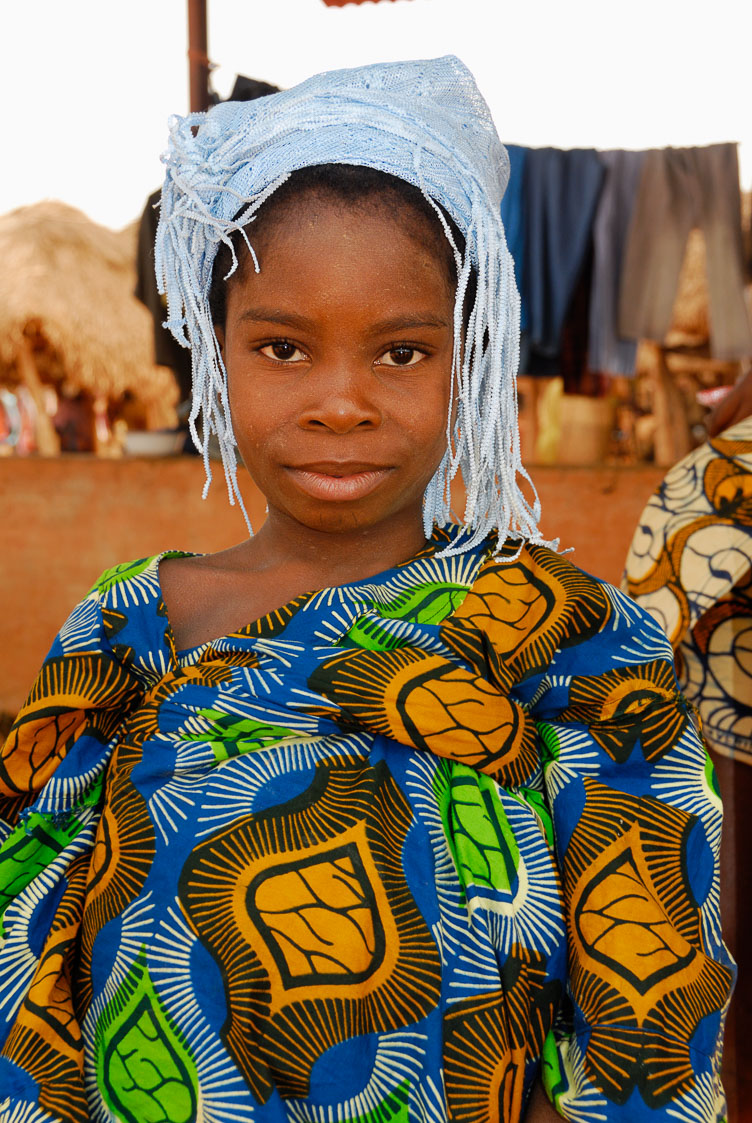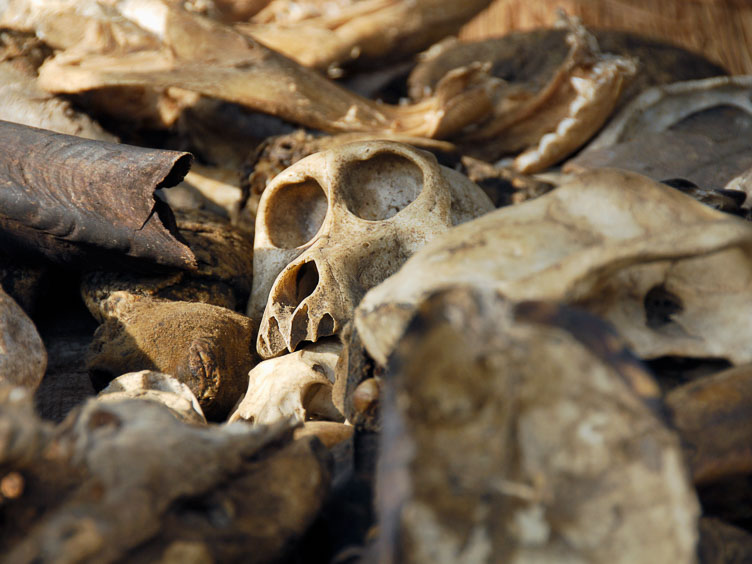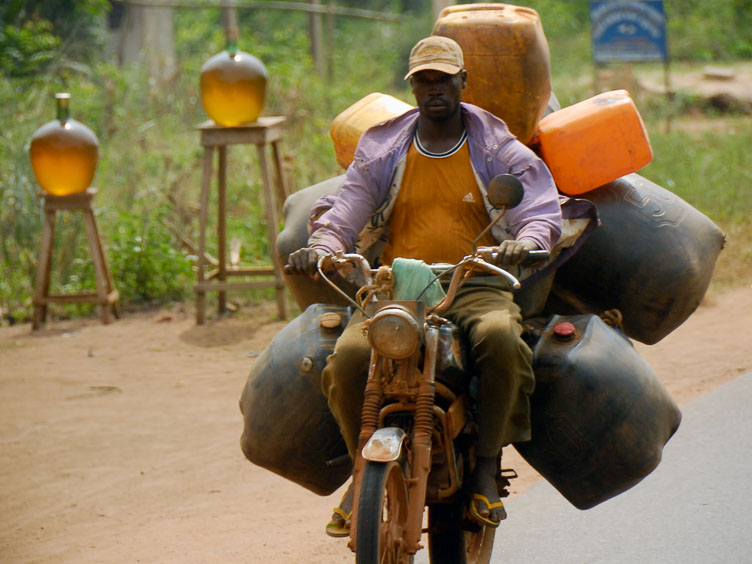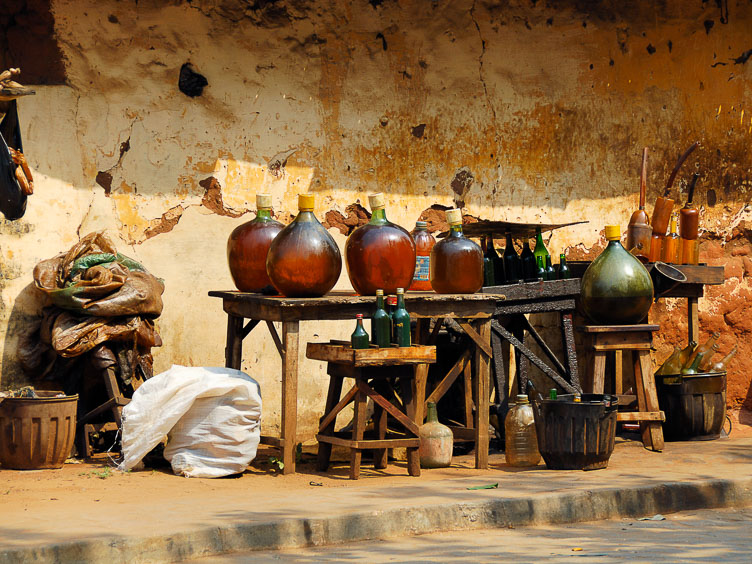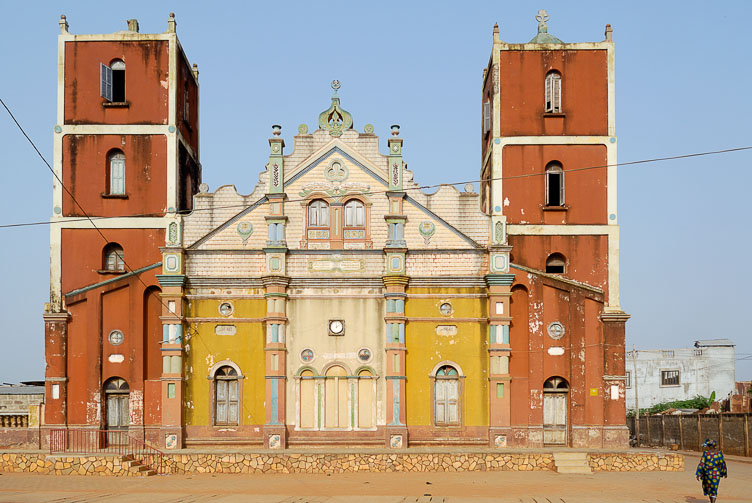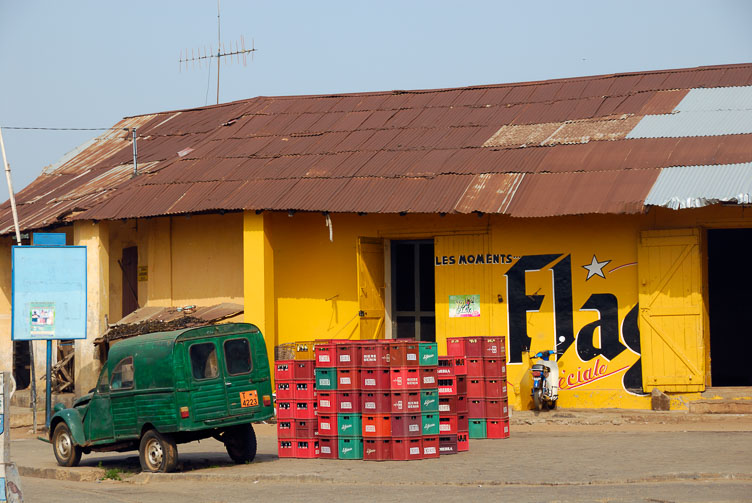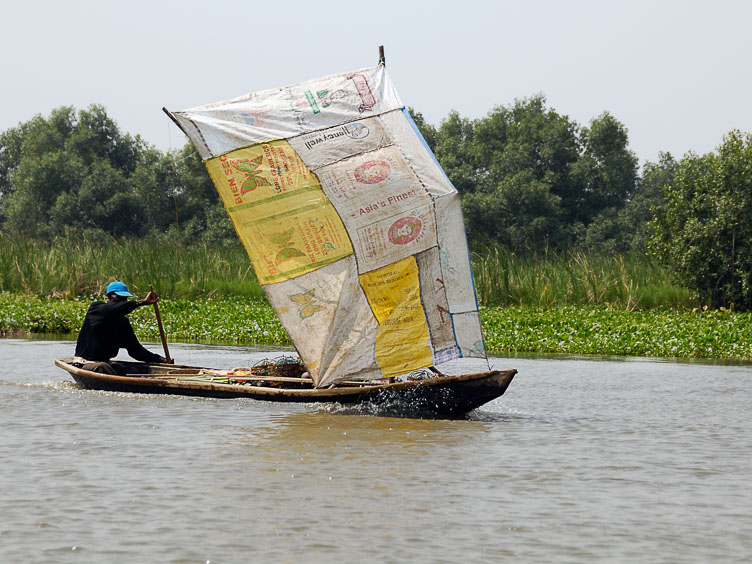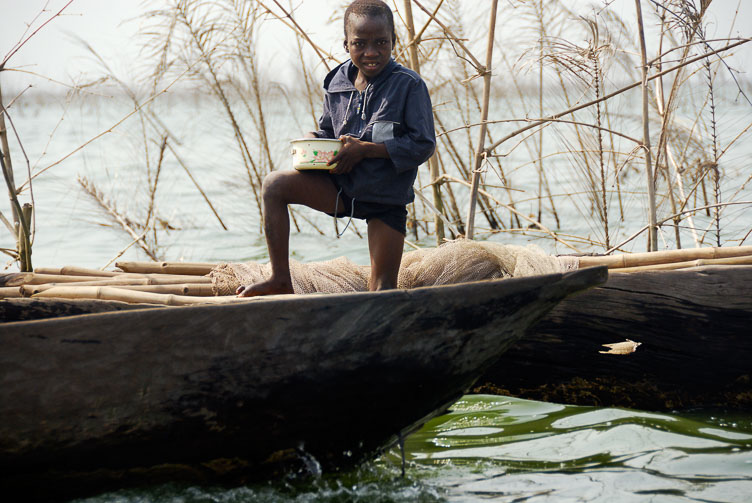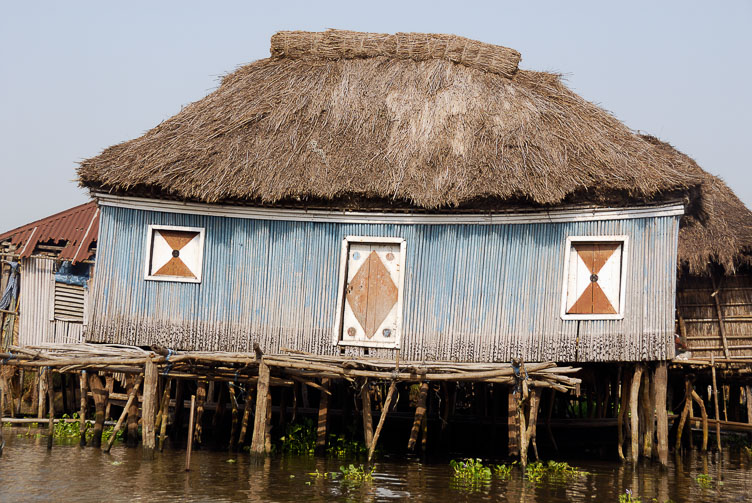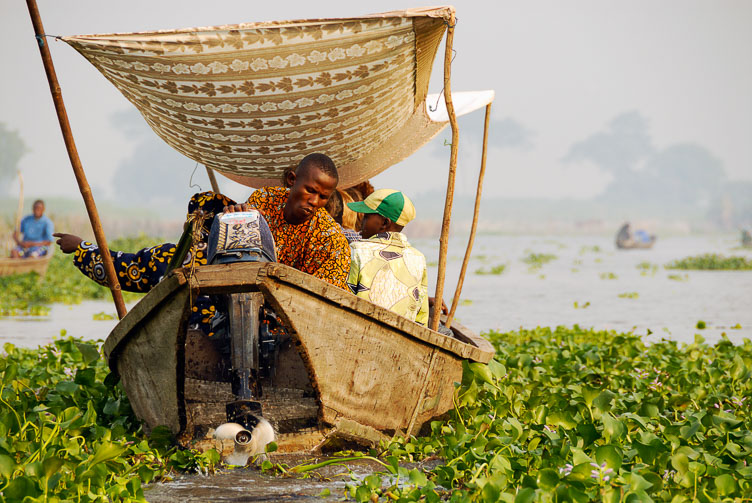
Benin is famous for its Voodoo culture, once the seat of the legendary kingdom of Abomey and a country from where hundred thousands of slaves were shipped to the America's. Nowadays the country is mostly the home of different tribes ranging from Yoruba's from Nigeria to Peul from the Sahel region and the Fon from the Abomey area. Benin is a pleasant easygoing country.
Somba region
Home to the tribes of the Bessoriba, Betiabe and Bessamaribe or Somba. Their homes are castle-like buildings not unlike the ones found in the neighboring Taberma Valley in Togo. The Bessoribe make skin carvings to mark the different phases in Life like childhood and puberty. See the portraits of the children.
Natitingou region
In this region the Fulani (Peul) and the Tanekas live. Some Fulani are still nomadic but others have settled.
Bohicon-Abomey
Abomey is the former the capital of the ancient kingdom of Dahomey, established around 1625. The town once was surrounded by a mud wall with a circumference of six miles. In 1892 Behanzin, the last independent king set fire to Abomey and fled after being defeated by the French.
Cove
A small town where you can see the traditional Gueleda dances by the Yoruba people who originate in Nigeria. The masks are often not worn in front of the face but on top of the head. The little doll-like figures can move one or more limbs. They often portray day to day life, such as a woman getting water from a pump and pouring it into a cooking pot.
Kétou
A place that has a real king living in sort of a suburban palace. People come in the morning, prostrate and greet the king who the mediates their differences.
Porto Novo
Porto-Novo is Benin's second largest city and the capital. It's a bit of a shabby place, a backwater almost. The real cultural and economic capital of the country is Cotonou. The Brazilian style Church that has been converted to a mosque.
Ganvie
Ganvie is a lake village in Lake Nokoué near Cotonou. With a population of around 20,000 people, it is probably the largest lake village in Africa. The Tofinu people built the village hundreds of years ago because the Dan-Homey's religion did not allow them to attack over the water.

